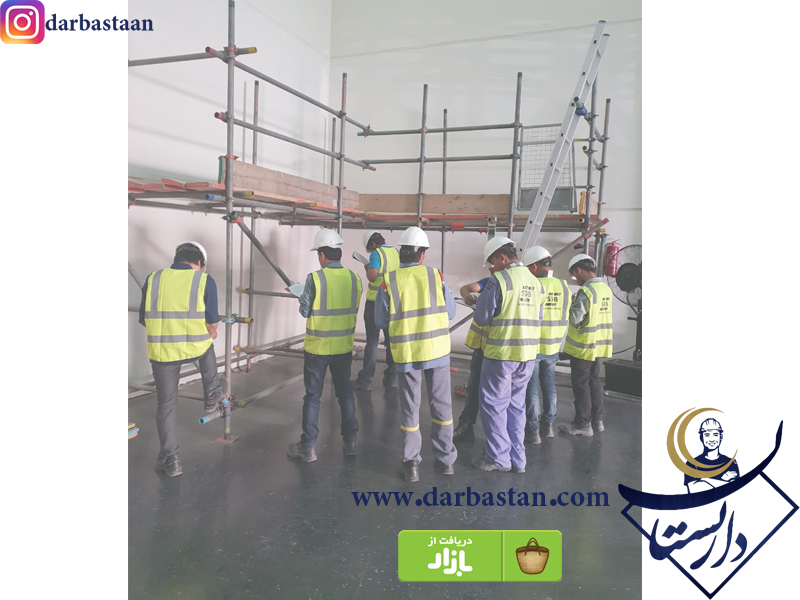
Wednesday January 9, 2019
Scaffolding accidents are among the most common in the construction industry. Every year American employers pay approximately $90 million dollars in lost work days due to these accidents, not to mention the possibility of permanent injury/death. Improper scaffolding practices are the #3 OSHA violation, with 3,900 citations given in 2016.
Based on OSHA reports, 65 percent of workers in the construction industry, a whopping 2.3 million, operate on scaffolds frequently. Of these workers, 4,500 get injured every year and approximately 60 experience fatalities. The most shocking statistic of all though is this: 72 percent of these accidents occur as a result of deficient platforms and falling, according to the Bureau of Labor Statistics.
To avoid these tragedies, OSHA has established a set of guidelines to which companies should strictly adhere:
1) Scaffold must be sound, rigid and sufficient to carry its own weight plus four times the
maximum intended load without settling or displacement. It must be erected on solid footing.
2) Unstable objects, such as barrels, boxes, loose bricks or concrete blocks must not be used to support scaffolds or planks.
3) Scaffold must not be erected, moved, dismantled or altered except under the supervision of a competent person.
4) Scaffold must be equipped with guardrails, midrails and toeboards.
5) Scaffold accessories such as braces, brackets, trusses, screw legs or ladders that are damaged or weakened from any cause must be immediately repaired or replaced.
6) Scaffold platforms must be tightly planked with scaffold plank grade material or equivalent.
7) A "competent person" must inspect the scaffolding and, at designated intervals, re-inspect.
8) Rigging on suspension scaffolds must be inspected by a competent person before each shift and after any occurrence that could affect structural integrity to ensure that all connections are tight and that no damage to the rigging has occurred since its last use.
9) Synthetic and natural rope used in suspension scaffolding must be protected from heat-producing sources.
10) Employees must be instructed about the hazards of using diagonal braces as fall protection.
11) Scaffold can be accessed by using ladders and stairwells.
12) Scaffolds must be at least 10 feet from electric power lines at all times.
Once you have your scaffold safely put together, the next step is training your employees on the dangers of their elevated workplace. Arbill offers a Fall Hazard Risk Assessment service which not only trains your employees in Fall Hazard Awareness, but ensures your compliance with OSHA guidelines and determines other safety risks. Our experts can provide a detailed structural analysis, evaluate your current fall protection programs, and engineer, fabricate, and install your new protection system.
At Arbill, Personal Protective Equipment (PPE) is always a focus, and something which we take very seriously. Providing your employees with the proper gear is an important step in keeping your workplace safe. We offer a wide variety of fall protection gear, head protective gear, and anything else you may need to keep your employees safe.
Arbill's Safety Experts can assess your facility for workplace hazards, recommend the proper equipment and build a customized plan to keep your employee's safe. Schedule a call today to learn more.
Have a safe day!
TOPICS: Scaffolding, Fall protection, workplace safety


ارسال نظر